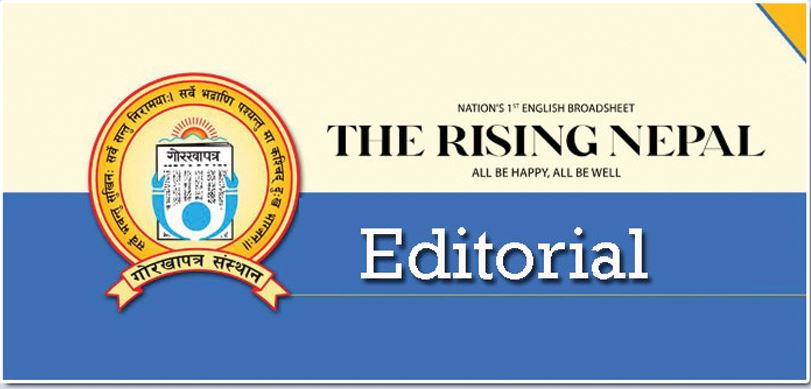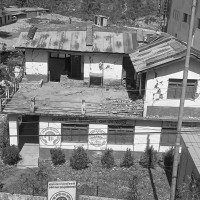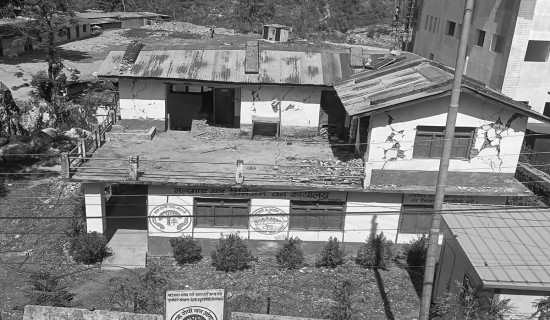- Wednesday, 25 June 2025
Monsoon Readiness
As the pre-monsoon season draws to a close, Nepal anticipates a severe monsoon season this year, as forecast by meteorologists, posing a significant threat to the well-being of a substantial portion of its population. The projected impact is extensive, potentially reaching two million citizens and impacting approximately 450,000 families. The rapid and potentially catastrophic effects of the approaching monsoon rains impact countless individual homes and families' livelihoods, all vulnerable. The excessive rains may cause widespread devastation, leaving communities struggling to cope with the aftermath. The scale of the potential disaster necessitates adequate preparations and a coordinated response to mitigate the risks and minimise suffering across the affected areas. The vulnerability of homes and livelihoods underscores the urgency of the situation.
The 2025 National Monsoon Preparedness and Response Action Plan outlines how the country will handle the rising natural disaster threats. The Department of Hydrology and Meteorology predictions warn of above-average precipitation and all-time temperatures between June and September. Different areas — particularly Eastern Karnali, Northern Lumbini and Gandaki —are at 55 to 65 per cent risk of receiving too much rain. Other regions are not far behind. The heavy deluge will surely trigger floods, landslides, and chaos.
The plan looks good on paper and needs to be implemented seriously. It coordinates available means, identifies gaps, assigns tasks at every level of government and finally, this year, ensures monthly monitoring and evaluation. It even maps regional duties so that no ground is left uncovered. Here is a familiar tale. Each year, just before the monsoon season, plans are made but when the calamities arrive in full force, responses are slow, uncoordinated, or too late. Roads get clogged, communication lines are cut off, and people in outlying areas are left to their own devices. Relief supplies often reach late, making victims suffer longer. In the event of a disaster, work on search, rescue and rehabilitation needs to be carried out at speed and scale.
This year, concerned government authorities have put the figure of the impacted people who might need to be rescued or given immediate relief at about 10 per cent (nearly 200,000). The administration should be well equipped with the necessary means, including boats, helicopters, emergency supplies, food, and medicine, ready to reach affected areas and people. Local authorities, particularly, need to be more than just apprised. They need to be empowered and ready. Training, equipment, and reliable communication channels must be set up well before the rain hits. Coordination and speediness are lacking in most of Nepal's disaster responses. This year's plan promises two crucial things-- real-time monitoring and people's participation. But they need to be followed up with action. People must be told what to do and when.
Early warnings must be disseminated to every mobile phone, every radio, and every home. Planning, and awareness campaigns must be steady, ongoing, and not crammed in at the last minute. The weather cycles are becoming more unpredictable than ever. Above-normal rains are no longer a rarity but are quickly becoming the new norm in the changed climate scenario. That requires us to be reactive from proactive. Whether things unfold as predicted by the meteorologists or not, sound preparedness and a plan of action need to be put in place without any shortcomings.
















